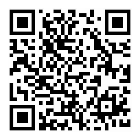BS DD CEN/TS 15531-2-2007 公共運輸.與公共運輸操作相關(guān)的實時信息服務(wù)接口.通信基礎(chǔ)設(shè)施
作者:百檢網(wǎng) 時間:2021-07-15
中文標(biāo)準(zhǔn)名稱:公共運輸.與公共運輸操作相關(guān)的實時信息服務(wù)接口.通信基礎(chǔ)設(shè)施
英文標(biāo)準(zhǔn)名稱:Public transport - Service interface for real-time information relating to public transport operations - Communications infrastructure
標(biāo)準(zhǔn)類型:R07
發(fā)布日期:2007/7/31 12:00:00
實施日期:2007/7/31 12:00:00
中國標(biāo)準(zhǔn)分類號:R07
國際標(biāo)準(zhǔn)分類號:35.240.60
引用標(biāo)準(zhǔn):CEN/TS 15531-1-2007;ISO/IEC 8859-15;ISO/FDIS 24531
適用范圍:SIRI uses a consistent set of general communication protocols to exchange information between client andserver. The same pattern of message exchange may be used to implement different specific functionalinterfaces as sets of concrete message content types.Two well-known specific patterns of client server interaction are used for data exchange in SIRI:Request/Response and Publish/Subscribe.? Request/Response allows for the ad hoc exchange of data on demand from the client.? Publish/Subscribe allows for the repeated asynchronous push of notifications and data to distribute eventsand Situations detected by a Real-time Service.The use of the Publish/Subscribe pattern of interaction follows that described in the Publish-SubscribeNotification for Web Services (WS-PubSub) specification, and as far as possible, SIRI uses the sameseparation of concerns and common terminology for publish/subscribe concepts and interfaces as used inWS-PubSub. WS-PubSub breaks down the server part of the Publish/Subscribe pattern into a number ofseparate named roles and interfaces (for example, Subscriber, Publisher, Notification Producer, andNotification Consumer): in an actual SIRI implementation, certain of these distinct interfaces may be combinedand provided by a single entity. Although SIRI is not currently implemented as a full WS-PubSub web service,the use of a WS-PubSub architecture makes this straightforward to do in future.For the delivery of data in responses (to both requests and subscriptions), SIRI supports two commonpatterns of message exchange, as realised in existent national systems:? A one step ‘Direct Delivery’, as per the classic client-server paradigm, and normal WS-PubSub publishsubscribe usage; and;? A two step ‘Fetched Delivery’ which elaborates the delivery of messages into a sequence of successivemessages pairs to first notify the client, and then to send the data when the client is ready. FetchedDelivery is a stateful pattern in its own right.Each delivery pattern allows different trade-offs for implementation efficiency to be made as appropriate fordifferent target environments.A SIRI implementation may support either or both delivery methods; in order to make the most efficient use ofthe available computational and communication resources. The delivery method may either be preconfiguredand static for a given implementation, or each request or subscription may indicate the delivery methodrequired by the client dynamically as part of the request policy, and the server may refuse a request if it doesnot support that method, giving an appropriate error code.The Interaction patterns and the Delivery patterns are independent aspects of the SIRI protocol and may beused in any combination in different implementations.For a given SIRI Functional Service type (Connection Monitoring, Stop Monitoring etc), the message payloadcontent is the same regardless of whether information is exchanged with a Request/Response orPublish/Subscribe pattern, or whether it is returned by Direct or Fetched Delivery.The SIRI Publish/Subscribe Protocol prescribes particular mediation behaviour for reducing the number ofnotifications and the amount of network traffic arising from subscriptions.The mediation groups the various subscriptions from a subscriber into one or more Subscriber Channels, andis able to manage notifications and updates for the aggregate.Only partial updates to the data set since the last delivery for the subscription need be sent.The SIRI Communication protocols are designed to fail gracefully. Considerations for resilience and recoveryare covered below.
相關(guān)標(biāo)準(zhǔn)
百檢能給您帶來哪些改變?
1、檢測行業(yè)全覆蓋,滿足不同的檢測;
2、實驗室全覆蓋,就近分配本地化檢測;
3、工程師一對一服務(wù),讓檢測更精準(zhǔn);
4、免費初檢,初檢不收取檢測費用;
5、自助下單 快遞免費上門取樣;
6、周期短,費用低,服務(wù)周到;
7、擁有CMA、CNAS、CAL等權(quán)威資質(zhì);
8、檢測報告權(quán)威有效、中國通用;
客戶案例展示
相關(guān)商品
相關(guān)資訊

最新資訊
版權(quán)與免責(zé)聲明
①本網(wǎng)注名來源于“互聯(lián)網(wǎng)”的所有作品,版權(quán)歸原作者或者來源機(jī)構(gòu)所有,如果有涉及作品內(nèi)容、版權(quán)等問題,請在作品發(fā)表之日起一個月內(nèi)與本網(wǎng)聯(lián)系,聯(lián)系郵箱service@baijiantest.com,否則視為默認(rèn)百檢網(wǎng)有權(quán)進(jìn)行轉(zhuǎn)載。
②本網(wǎng)注名來源于“百檢網(wǎng)”的所有作品,版權(quán)歸百檢網(wǎng)所有,未經(jīng)本網(wǎng)授權(quán)不得轉(zhuǎn)載、摘編或利用其它方式使用。想要轉(zhuǎn)載本網(wǎng)作品,請聯(lián)系:service@baijiantest.com。已獲本網(wǎng)授權(quán)的作品,應(yīng)在授權(quán)范圍內(nèi)使用,并注明"來源:百檢網(wǎng)"。違者本網(wǎng)將追究相關(guān)法律責(zé)任。
③本網(wǎng)所載作品僅代表作者獨立觀點,不代表百檢立場,用戶需作出獨立判斷,如有異議或投訴,請聯(lián)系service@baijiantest.com




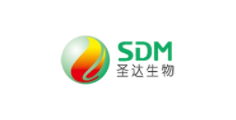
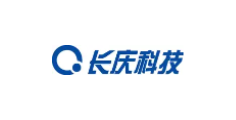

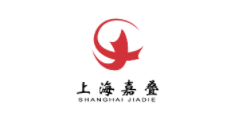
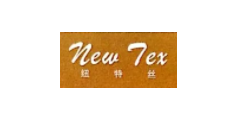
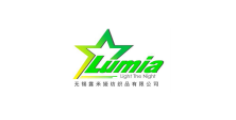



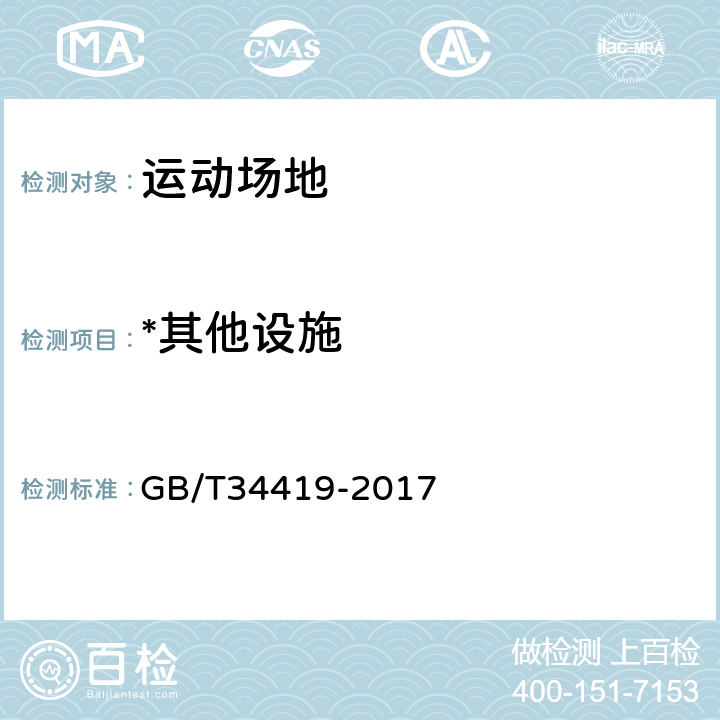
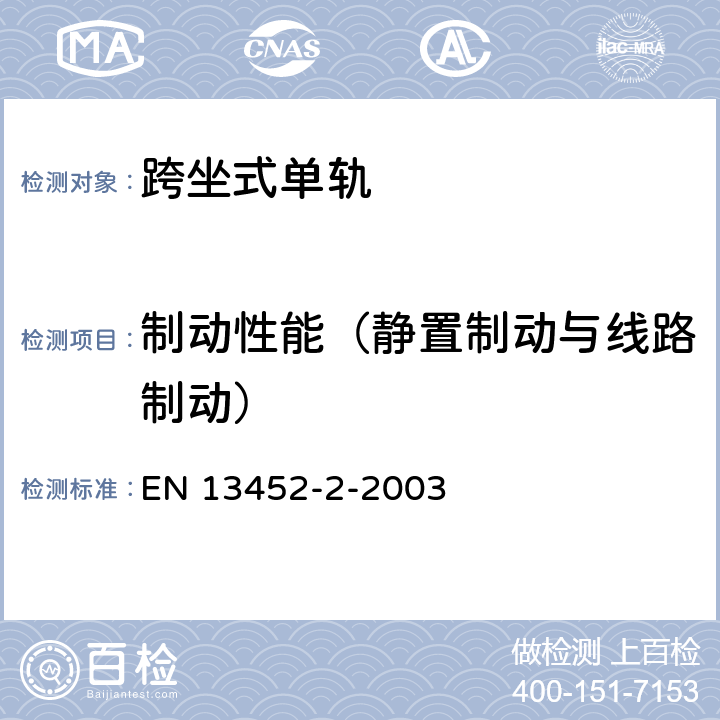
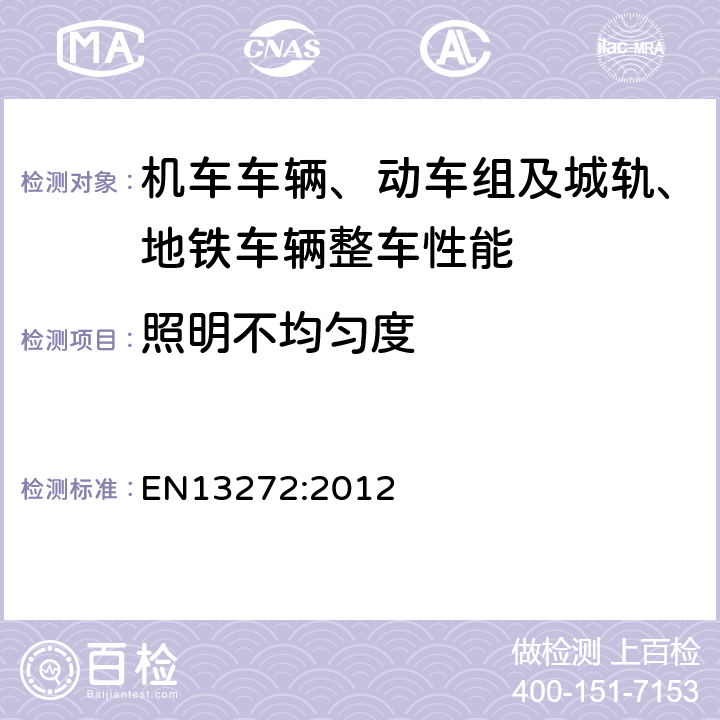
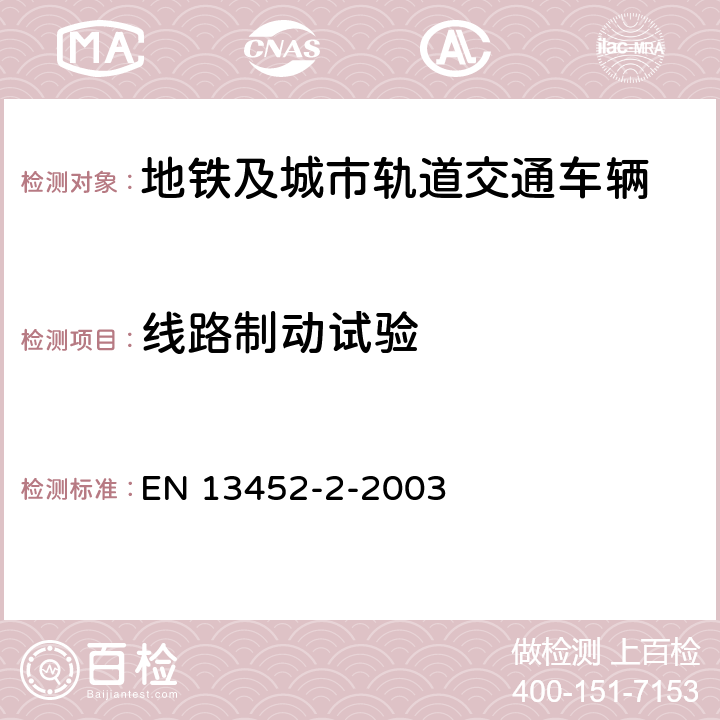
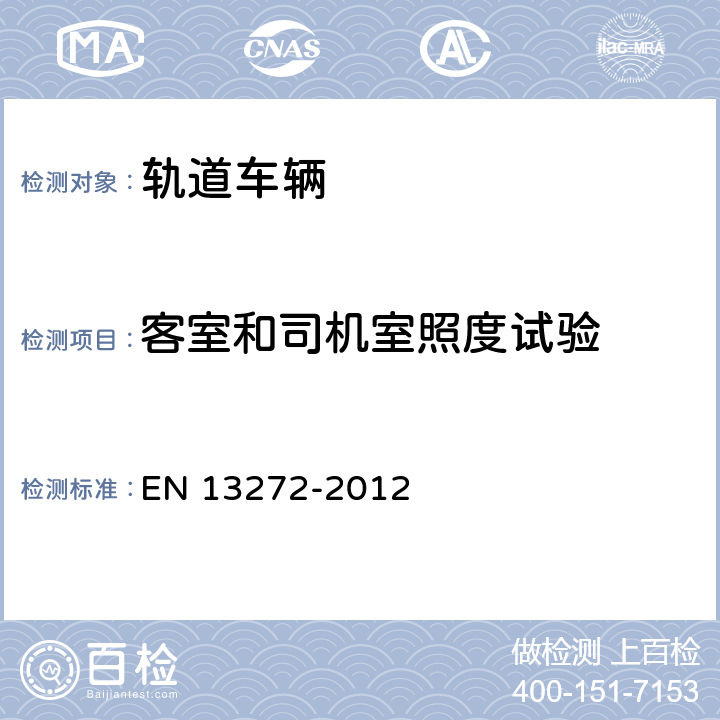
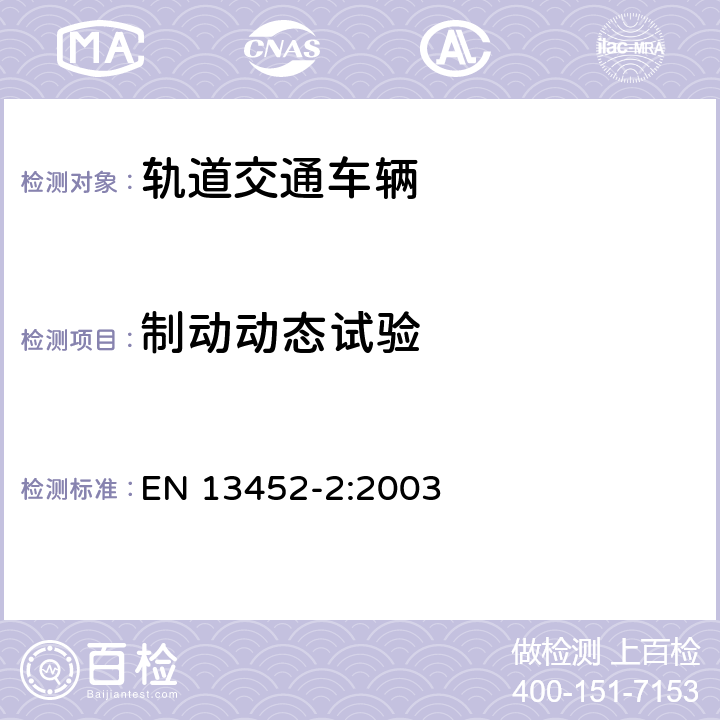
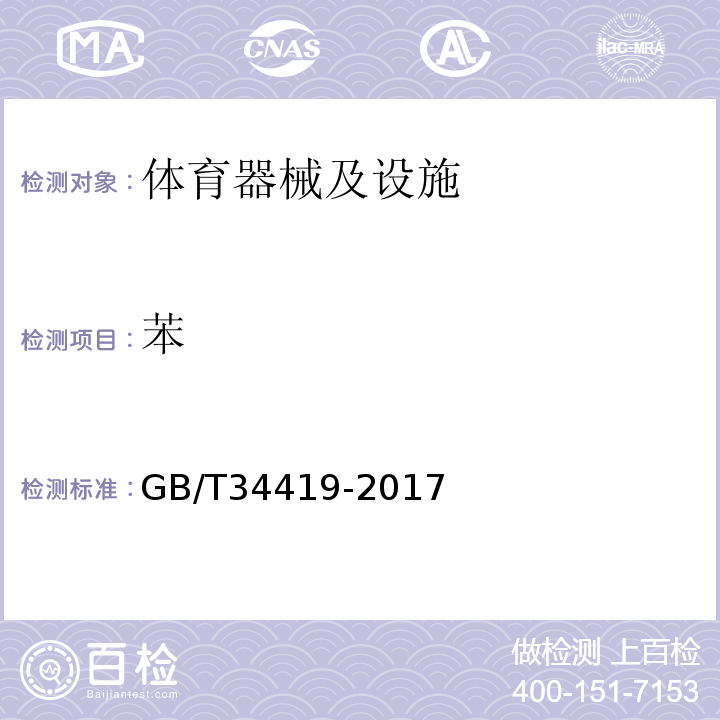
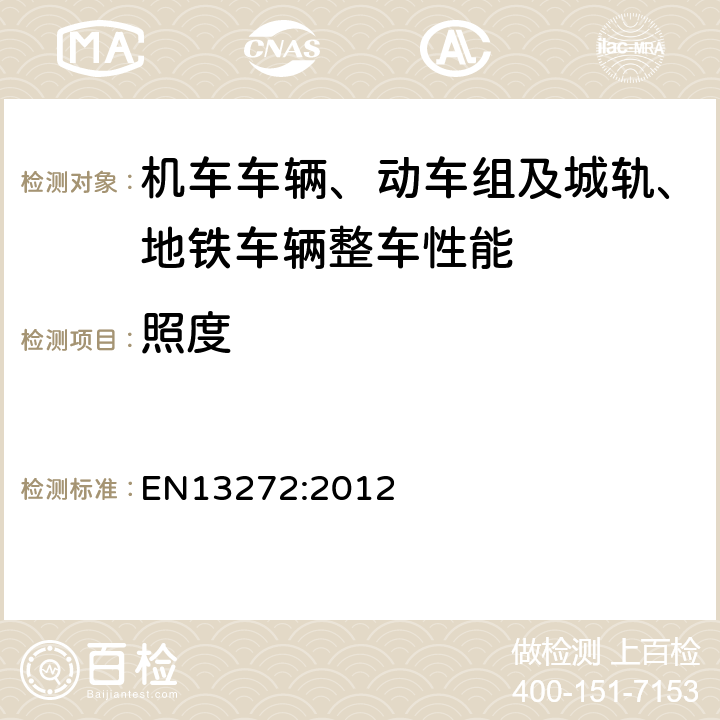
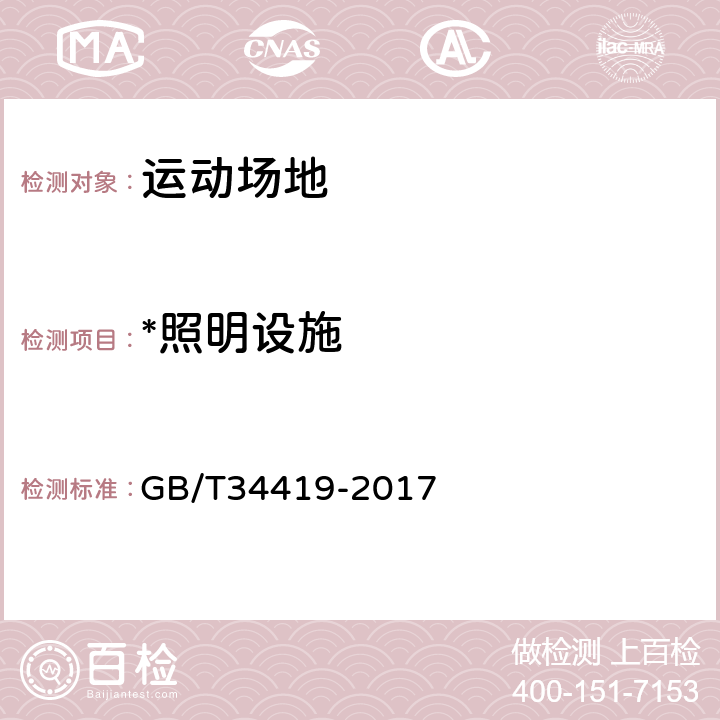

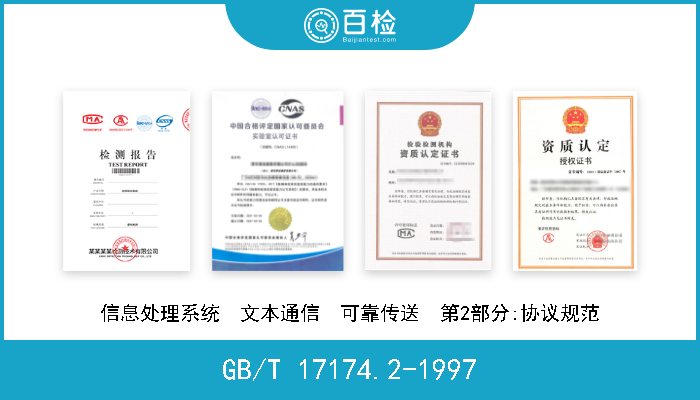
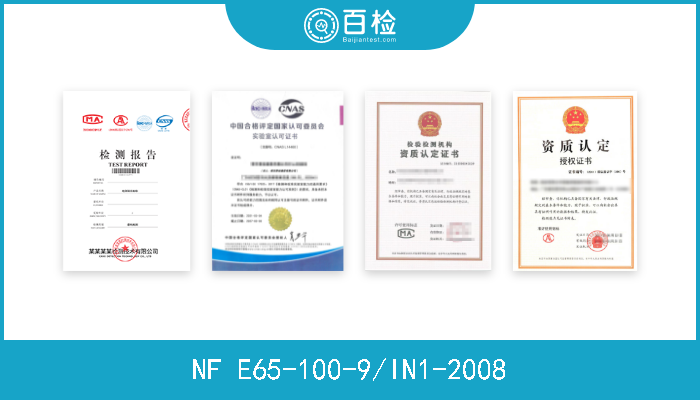
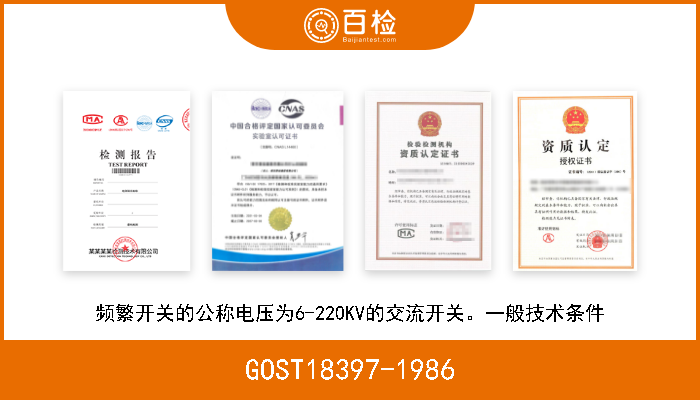
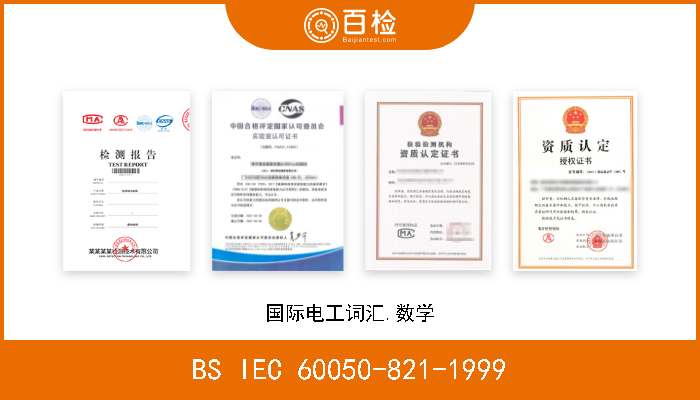

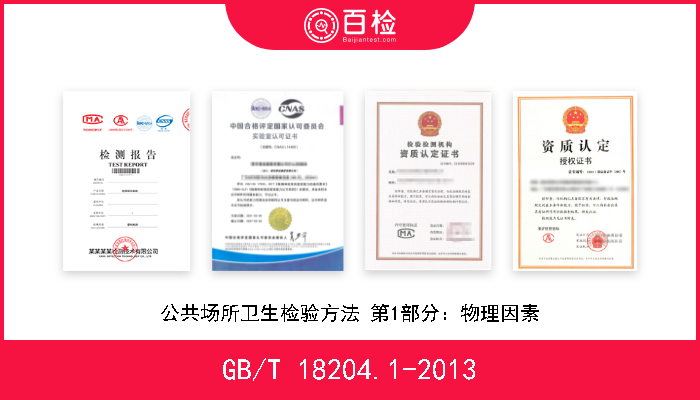
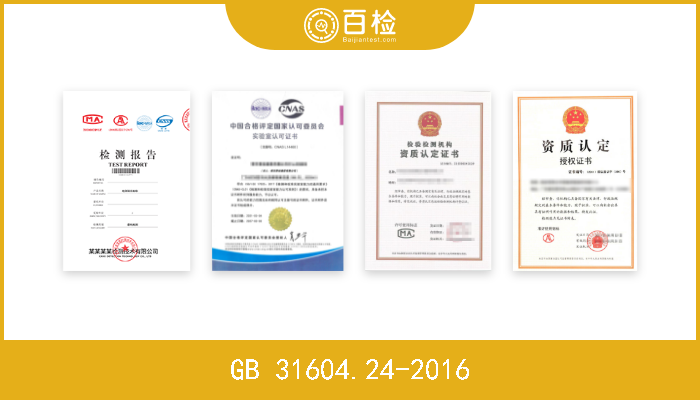
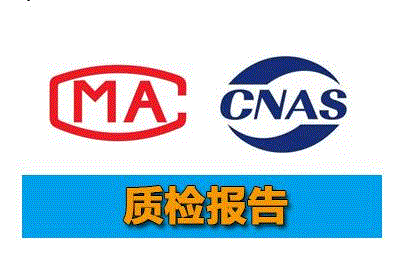
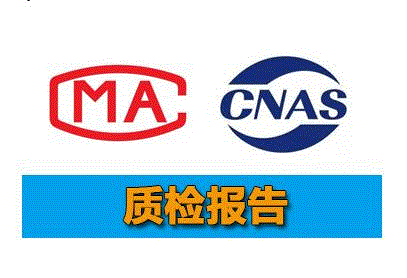




 400-101-7153
400-101-7153 15201733840
15201733840